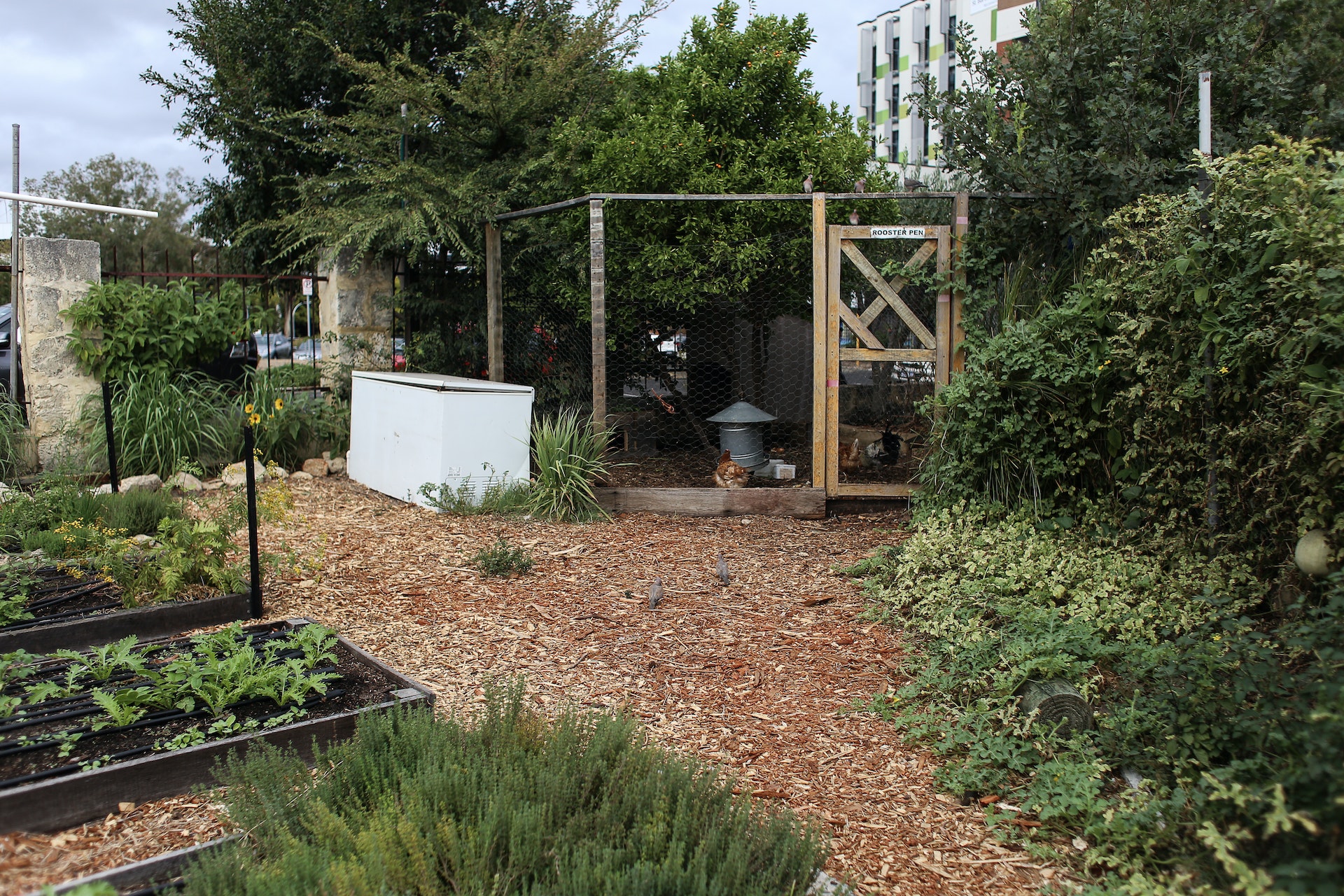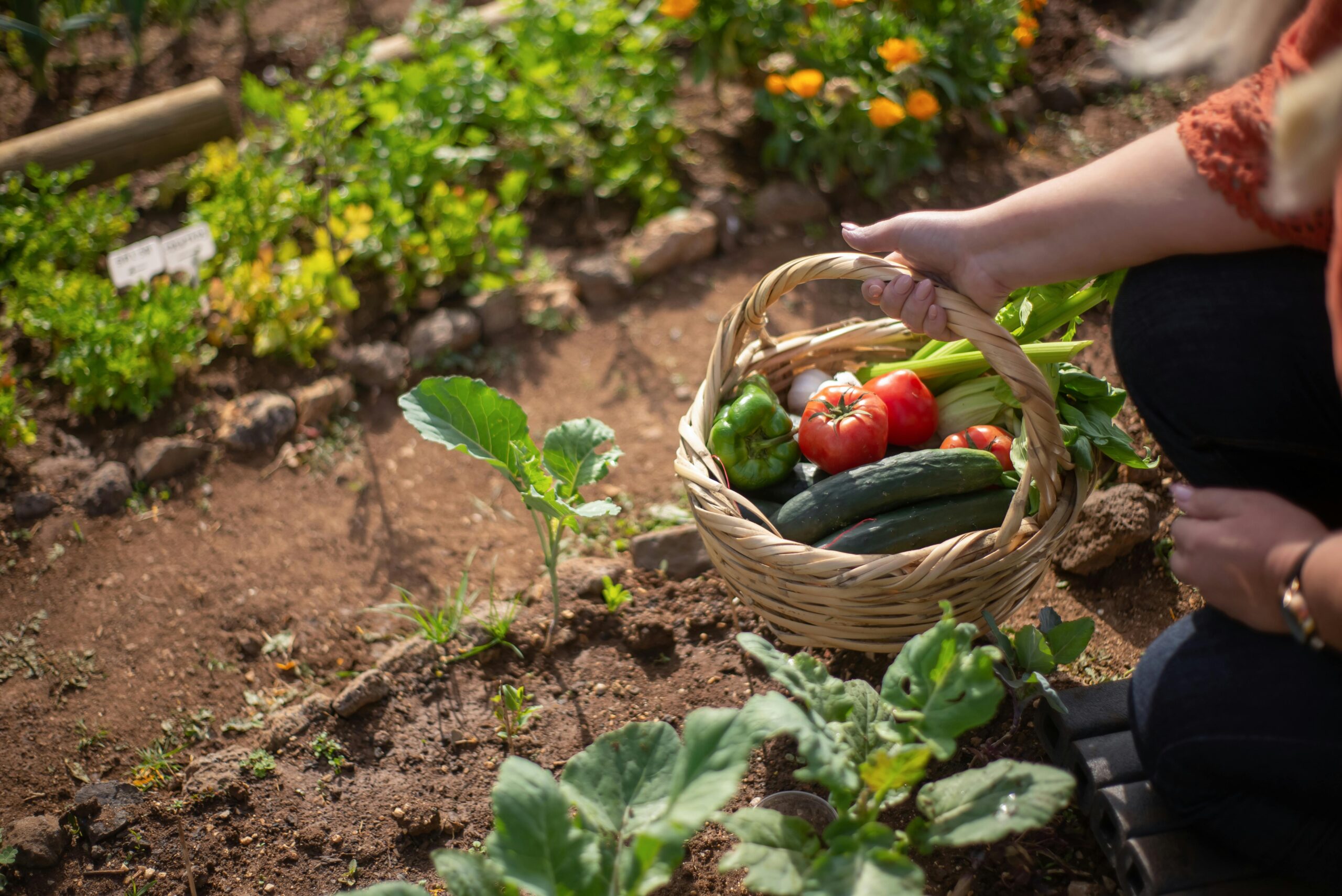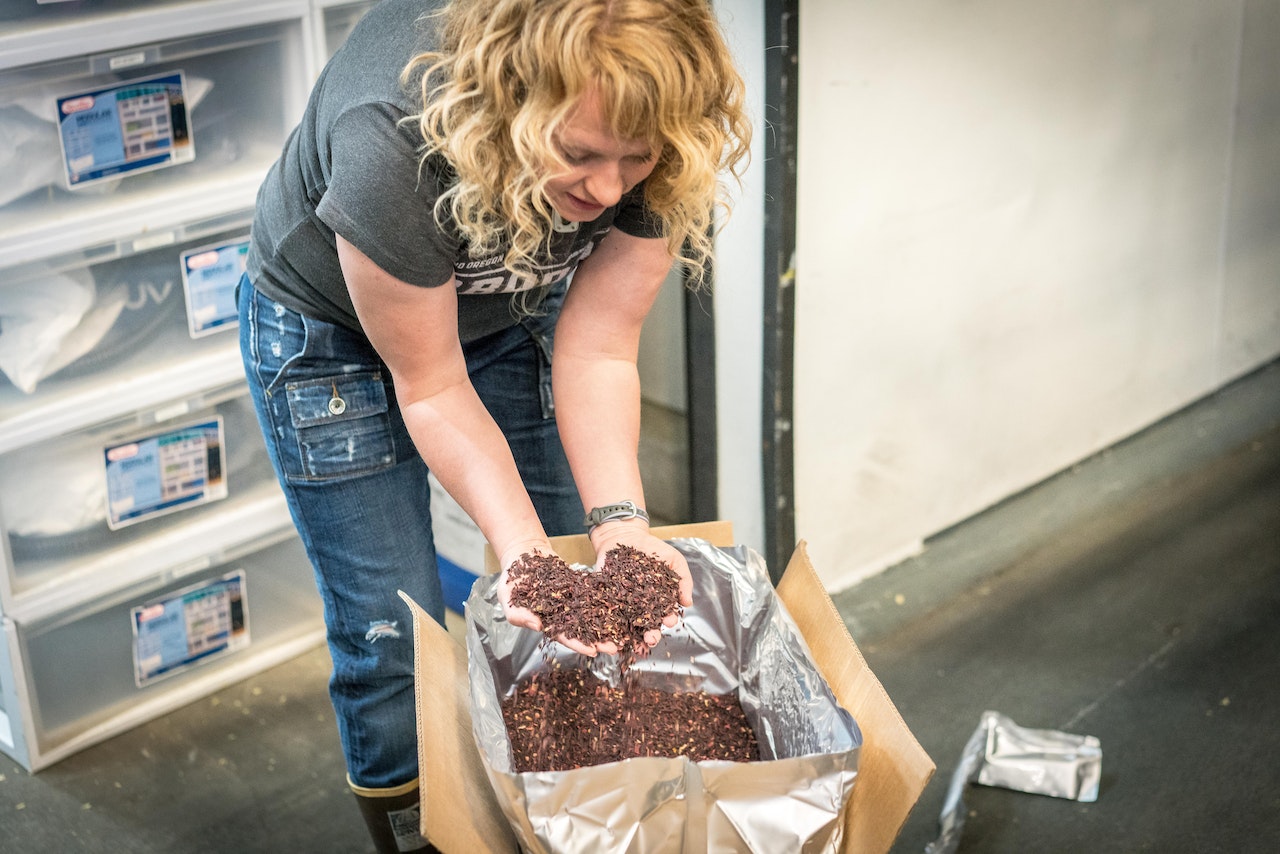Photo credit: Rachel Claire Source: Pexels
In today’s unpredictable world, self-reliance is a sought-after virtue. One of the best ways to ensure food security and self-sustainability is by establishing a survival garden. This garden is designed not just for leisure or organic produce but to ensure you have a steady food supply in times of crisis. In this comprehensive guide, we delve deep into the steps needed to set up a survival garden at home.
1. Understand the Purpose:
Background: Unlike regular gardening, survival gardening focuses on long-term food production, prioritizing calorie-rich and nutrient-dense crops that can sustain a family during emergencies.
2. Choosing the Right Location:
Sunlight: Most vegetables require 6-8 hours of direct sunlight. Choose a sunny spot. Water Access: Proximity to a water source will make irrigation easier.
Soil Quality: Loamy soil, rich in organic matter, is ideal. Remember, soil can be amended and improved over time.
3. Soil Preparation:
Test the Soil: Purchase a soil test kit to determine the pH and nutrient levels. Ideal pH for most crops is between 6.0 and 7.5.
Amend the Soil: Based on the test results, add compost, manure, or other organic matter. Raised beds can also help improve soil quality and drainage.
4. Selecting the Right Crops:
For a survival garden, prioritize:
Calorie-rich crops: Potatoes, sweet potatoes, beans, corn, and squash.
High Nutrient Vegetables: Kale, spinach, broccoli, and peppers.
Long-Storage Crops: Onions, garlic, and carrots.
Herbs: Not just for flavor, but many, like basil, rosemary, and mint, act as natural insect repellents.
5. Planting the Garden:
Companion Planting: Some plants, when grown together, can benefit each other. For example, beans can provide nitrogen to corn, while corn gives beans a structure to climb.
Crop Rotation: This practice ensures that the soil isn’t depleted of nutrients. If you planted tomatoes in one spot this year, plant beans or peas there the next.
Succession Planting: This involves planting crops at staggered times so that not everything is harvested at once.
6. Efficient Watering Techniques:
Drip Irrigation: This is a water-efficient method, especially useful in arid regions.
Rainwater Harvesting: Set up barrels to collect rainwater, which can later be used for irrigation.
Mulching: Mulch around plants to retain soil moisture and reduce evaporation.
7. Natural Pest and Disease Management:
Companion Planting: Some plants repel pests naturally. Marigolds, for instance, deter nematodes and other pests.
Neem Oil: A natural pesticide that doesn’t harm beneficial insects.
Healthy Soil: Healthy plants are more resistant to diseases and pests. Ensure your soil is nutrient-rich.
Beneficial Insects: Ladybugs, praying mantises, and spiders are natural predators to harmful garden pests.
8. Harvesting and Storage:
Regular Harvesting: Some plants, like zucchini and beans, produce more when harvested regularly.
Proper Storage: Potatoes, onions, and garlic can be stored in a cool, dark place for months. Learn proper storage techniques to maximize shelf life.
9. Saving Seeds:
Why Save Seeds: Saving seeds ensures you have a free and consistent supply year after year.
How to Save Seeds: For most vegetables, allow a few plants to go to seed. Harvest these seeds when mature, dry them, and store in a cool, dark place.
10. Expanding Your Survival Garden:
Perennial Crops: Consider adding perennial crops like berries, fruit trees, and asparagus. Once established, they provide food year after year with minimal effort.
Livestock: Chickens can provide eggs, meat, and pest control. They also help in turning over the soil and providing manure.
Aquaponics and Hydroponics: These soil-less gardening methods can be more productive and water-efficient than traditional gardening.
In Conclusion
A survival garden is more than just a food source; it’s a lifeline during challenging times. It fosters a deep connection with the land, ensuring that even in times of scarcity, you have the means to provide for yourself and your loved ones. While it requires effort and commitment, the rewards, both tangible and intangible, are immense. As you sow, so shall you reap — and in the context of a survival garden, this adage couldn’t be more accurate. Begin your journey towards self-sustainability today, and you’ll be better prepared for whatever tomorrow brings.



